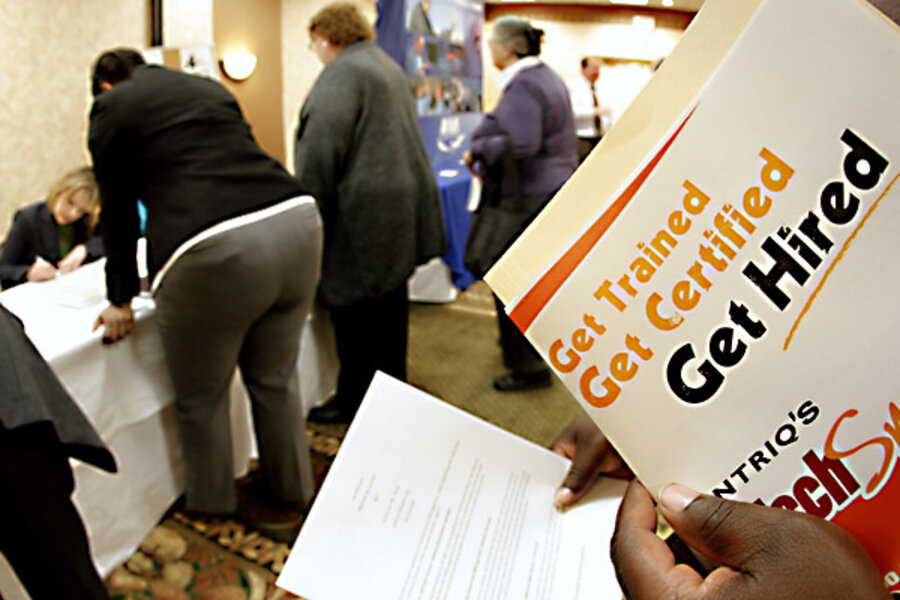This is the main "alternative" measure of unemployment watched by job-market pundits. Actually, it's called the "U-6" unemployment rate, because the Labor Department offers six different ways to view the nation's jobless rate. Most of the time, you'll hear about the official jobless rate (which happens to be "U-3") that we've already looked at in this article.
The broadest measure, U-6, is useful to keep an eye on. It adds up those traditionally labeled as unemployed, plus persons "marginally attached" to the labor force, plus all the people working part time when they'd rather have a fuller schedule. Then it divides that big total by the civilian labor force (adding in the "marginally attached" people to this side of the equation as well).
Who are the marginally attached? These are people who want a job but haven't looked recently (thus falling out of the official labor force), often because they became too discouraged to keep searching.
With this wider definition of unemployed, the U-6 jobless rate stood at 17.0 percent in November of 2010.
The broad measure of joblessness will always be higher than the official rate, but the two tend to move in tandem. And when an economic expansions gains steam, people will come out of the marginally attached camp and back into the official labor force. Even if they don't find jobs right away, just the fact they are looking again is a good sign.

Charlie Riedel/AP
Job seekers attend a career fair in Overland Park, Kan.




